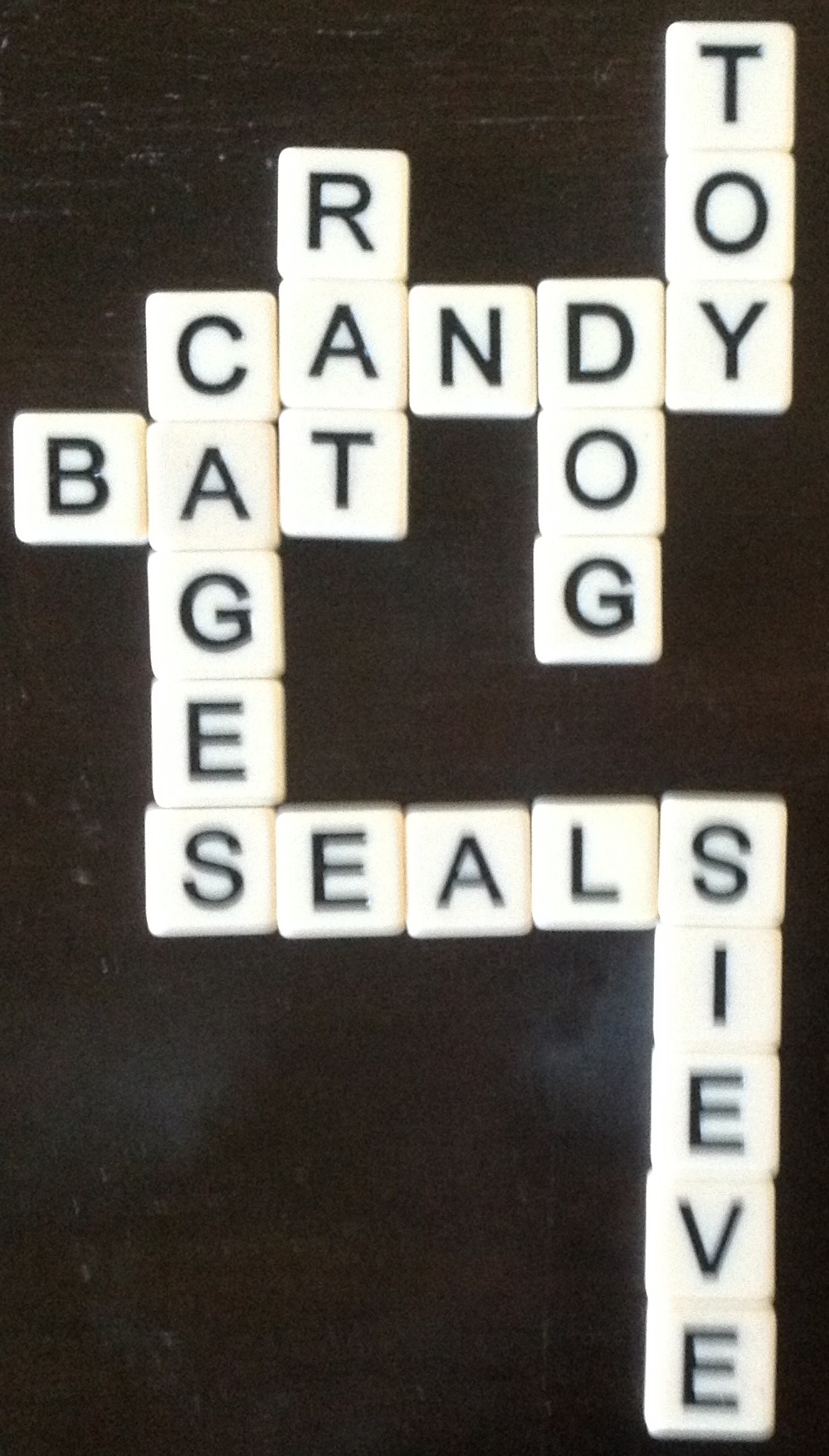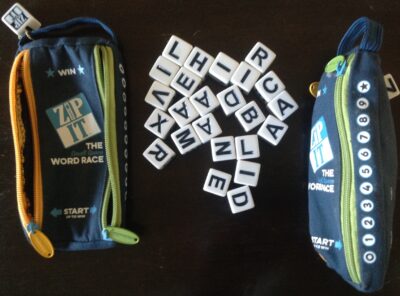If there’s one word that SCREAMS boring, it’s grammar. Yuck! Who enjoys that? Believe it or not, there are grammar activities ESL students enjoy. Really!
If there’s one thing good teachers realize, it’s that the best way to engage students is to connect the subject matter to students’ real life as much as possible.
That’s what gives subject matter context. That’s what makes it not just something in a book that they have to study. Instead, it makes it something they can relate to and use in their lives.
Adult ESL students are no different.
As an ESL teacher who teaches adults, I find it much easier to connect most every lesson to students’ lives than when I taught kids.
Adults have more life experience and can relate to much more than kids.
Having said that, when it comes to grammar, as essential as it is that people understand it as it applies to the language they are learning, part of the secret to making it engaging or fun is to avoid using the word grammar as much as possible.
Simply embed it into lessons, especially if it can be done by calling an activity a game. It’s not always possible to do that but there are lots of opportunities to do so.
Take advantage of that.
Let’s Play A Word Game

What sounds more fun?
“Let’s do a grammar activity that includes making words.”
Or
“Let’s play a word game”
If you think the first choice sounds more fun, you definitely need to read on.
If you chose the second one, you’re my kind of people.
First of all, let’s talk about what grammar is, other than a dry and boring word.
Read the dictionary.com definition here.

Words are what we use to create sentences and what gives a sentence meaning.
There’s no end to learning new words. Learning the words is great, but if the students don’t know what word means, it’s useless. The best way to do that is to have them put the new words they learn into sentences.
This is especially important when dealing with homophones and words that have more than one meaning/definition.
One of the first things I concentrate on with beginner level ESL students is to teach them to write and speak in complete, gramatically correct sentences. I strongly discourage the use of one-word responses, even if they are appropriate.
By forcing students to write and speak in complete sentences, they are learning grammar whether they want to, realize it, or not.
So, if we’re going to play a word game, the follow-up to that is to have students write sentences by correctly using the words they learn, which includes them learning and using how to change the form of a word.
For example, if they use the word learn, they need to understand that there is a present tense, a past tense, and a future tense.
It takes time to teach them all these things but if they practice and can have some fun at the same time, the chances of them retaining what they learn increases exponentially.

When playing word games, rather than having them find and create any random word, if we are learning about adjectives, adverbs, verbs, or any other of the eight parts of English speech, I can have them focus on whatever makes sense at the time.
There are several ways to make it fun and educational.
Games are usually more fun when played with and/or against others.
People are competitive by nature.
It doesn’t mean that games must be competitive. Some students prefer working alone and don’t want to be competitive.
To each his or her own.
Whether the game is competitive or not, the first rule is that the words must be in the dictionary. Since most people have cell phones, I tell them to use dictionary.com.
In the next two sections, I will explain how to play two similar and very recognizable word games.
Here Is How To Play Bananagrams

I don’t usually refer to it by its brand name. I simply call it the word game. That’s what students call it.
It is basically the game of Scrabble, although there is no game board and there is no point value to the tiles.
Like Scrabble, the letters are on 180 tiles.
Each team or player receives 30 random tiles. I shake them up before counting out the 30 they receive. Choosing the tiles they want is not allowed.
There are enough tiles for up to five teams.
They are to use all the tiles to create as many dictionary-verified words as possible.
The first team or player to use all the tiles wins the game. Usually, a match is the first to win three games, although it depends on how much time is available.
As the teacher, I verify that all the words are actually English words.

All the letters that touch other letters must be part of a word. See the photo to the right that contains the words rat, candy, cages, and bat.
All words must be unique. Repeating words is not allowed.
Each team or player gets one chance to throw out up to six tiles in exchange for up to six new random tiles.
I usually help each team or player to create one word if they are stuck.
As simple as this game is, it’s not uncommon for students to spend hours playing it.
For example, at the end of a term or school year, we often have a class party. I’ll get a couple of teams started and before you know it, many, if not most or all the others want to play too, and will often spend the entire “party” playing this game.
They truly enjoy it.
It can be used in class or just for fun. Students like it either way.
This game is reasonably priced and available from Amazon.
There’s an alternate version of the word game that students also like to play.
Here’s How To Play Zip It.

The game is very similar to the Bananagrams game above but there are some differences.
Instead of tiles, this game uses dice-size cubes that have a letter on each part of the cubes. Each cube has six letters on it.
The cubes come in a pouch.
Like Bananagram, the player or team that uses all the cubes first wins the game.
However, a full match is ten games, although players can revise that if they want.
On the pouch that contains the cubes are zippers on each side of the pouch. There are numbers 1-10 on the pouch. One side is one color and the other side of the pouch is a different color. Each team or player is one or the other color.
As a player or team wins, they move the zipper up one number. The numbers are for the purpose of keeping score for each team or player.
There is no throwing out and exchanging any of the cubes. The player or team gets what they get and must use what they get.
The number of players or teams is determined by the number of pouches that contain cubes. If there are two pouches, up to two players or teams can play. If there are five pouches, that’s how many players or teams there can be.
This game and the one above are both very popular with ESL students and for the same reasons.
Both games can be tailored according to however the teacher decides, or they can simply be played for fun
Either way, students enjoy them and learn in the process.
There Are Other Games As Well

Two other platforms that are available online and that have free versions are Kahoot.it and Quizlet.live.
I’m sure there are many others as well, but the ones I’ve written about in this lesson are the ones I use most often.
You can read what I wrote about Games Adult ESL Students Like To Play.
Regardless of what game or activity you choose, it’s my experience that whenever I have the opportunity to call something a game, it is well received.
What students like as much as the games themselves is that they are interacting with one another, which seems to be popular at all levels of educaton.
Conclusion

I’ve provided a definition of grammar and told you about grammar activities ESL students enjoy.
I’ve explained how and why it’s beneficial for students and teachers to be able to call lessons and activities games instead of lessons and activities.
I’ve examined how a simple grammar lesson can be a game that includes not only fun but a multi-task lesson all in one.
All students, including adults, learn more effectively when what they are learning is something they can relate to in their real iives.
Watch the YouTube video that corresponds with this lesson.
Leave comments and questions in the comments section below. I will promptly reply.



Hi there,
I just went through your article on grammar activities that ESL students enjoy, and it’s a refreshing take on making grammar engaging. It’s often a challenge to make grammar lessons interesting, but how you’ve integrated games like Bananagrams and Zip It into the learning process is respected. Making learning fun is the key to retention, and you’ve nailed that aspect.
Have you tried integrating digital platforms like Kahoot.it and Quizlet.live into in-person classroom settings? How do they compare to traditional games in terms of student engagement?
Your approach to teaching grammar in a fun and interactive way is truly inspiring. Thanks for sharing your insights and strategies with fellow educators.
Warm regards
Max.
Hello Max,
It’s good to hear from you. Thanks for your comments.
Yes, I’ve tried to integrate Kahoot and Quizlet into in-person settings. When you ask how they compare to traditional games in terms of student engagement, I’m not sure I understand the question.
Kahoot and Quizlet both require internet access. What I like about that is, I can include students are in the classroom and the students who are in the virtual classroom via Zoom.
Students’ engagement is very high regardless of whether they are in the classroom or online.
Bananagrams and Zip it are games that must be played in person. If there are online versions of the games, I’m not aware of them.
Leave comments and questions any time. I will promptly reply.
KBob